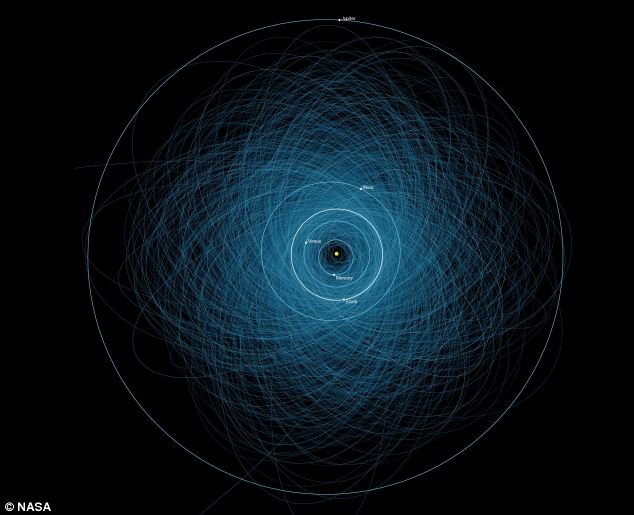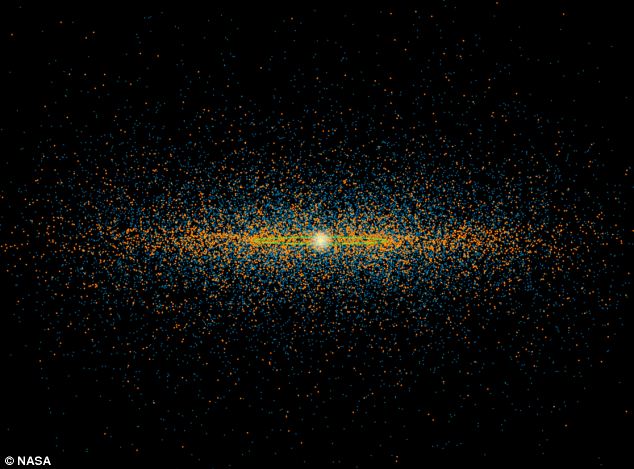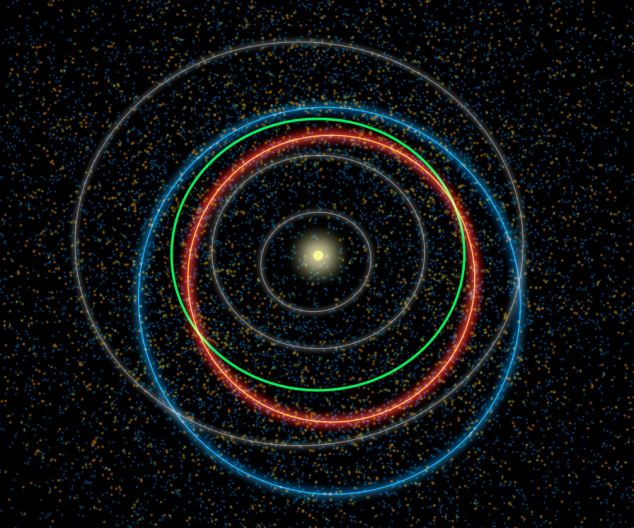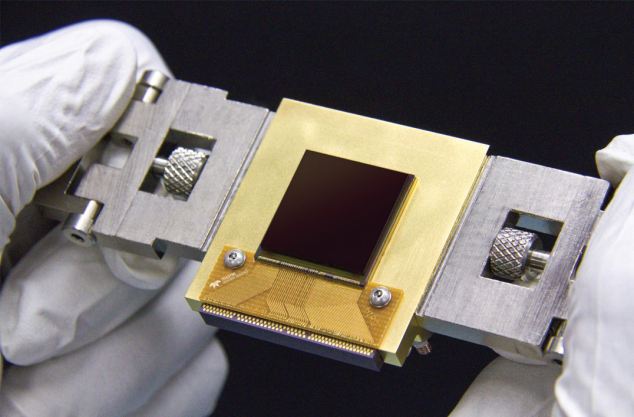However, none are considered a threat over the next hundred years
NEOCam mission will track these asteroids and other near-Earth objects

An image mapping the orbits of all the potentially hazardous asteroids (PHAs) provides a graphic of the crowded cosmic activity.
These asteroids are considered hazardous because they are fairly large - at least 460 feet or 140 meters in size.
They are classified as PHAs because they follow orbits that are considered to pass close to the Earth's, at or 7.5 million kilometres.
However, Nasa claims that being classified as a PHA does not mean that an asteroid will impact the Earth.
Scientists there claim that none of the asteroids shown in the image are considered a threat over the next 100 years.
The group is planning to continue to track these asteroids so that their orbits can be refined and more precise predictions made of their future close approaches and impact probabilities.

The NEOCam space mission will also search for the most favourable destinations for future exploration by humans or robotic missions.
Asteroids reflect visible light. This means that when searching for near-Earth objects with optical telescopes, the data collected can be deceiving.
Depending on how reflective the object is, a small, light-coloured space rock can look the same as a big, dark one. Asteroids do, however, always emit infrared radiation.

Asteroids emit most of their radiation at infrared wavelengths near about 10 microns (0.0004 inches), which humans perceive as heat.
There is also relatively less radiation from stars and galaxies at these wavelengths, which simplifies detection of faint moving objects.
Once launched, the space-based telescope would be positioned at a location about four times the distance between Earth and the moon.
From this lofty perch, NEOCam could observe the comings and goings of near Earth objects, including PHAs, without the impediments such as cloud cover and daylight.




Comment: If such an asteroid were detected Earth bound, would NASA necessarily tell us about it?
See -
Military hush up: Incoming space rocks now classified